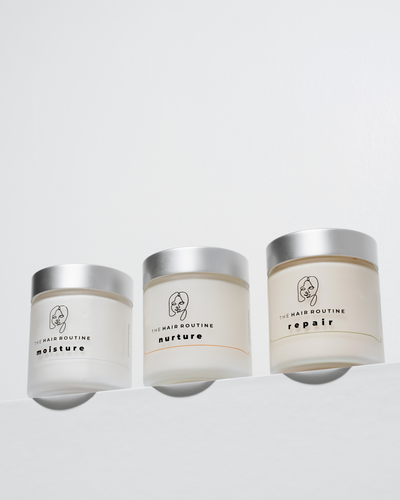The Afro: More Than a Hairstyle
The Afro
Black History Month officially began in 1970 in the US, inspiring communities nationwide to raise awareness about Black identity and the struggle of African Americans throughout history.
Through this article, we want to honor the fight and resistance of Black people by educating ourselves and our readers on the great contributions and legacy of the Black community in the hair care world. Though we know that we'll never stand in their shoes we vow to keep on educating ourselves and listening with open heart and mind.
More Than Just a Hairstyle
Some hairstyles have made their way through history, but none have had the same social, political, and cultural impact that the afro has.
The history of the afro can be traced back to tribal Africa where hair was used to define roles, hierarchy, and status. But it wasn’t until Ancient Egypt that Black hairstyles were found in drawings and hieroglyphics, from which it was learnt that wigs and weavings symbolized rank throughout men and women alike.
Due to colonialism, thousands of Africans were traded as slaves in the 1600s and for the next 350 years - or more - they would be told that their natural hair was a symbol of inferiority.
Fast forward to 1960: the beginning of the Natural Hair Movement. In addition to the already ongoing Civil Rights Movement, Black people decided to eradicate the negative perception of being Black.
Natural hair, worn as a halo of curls, became a symbol of pride and heritage. Those wearing an afro were making a political statement: “we are fighting the status quo.”
“We have to stop being ashamed of being Black. A broad nose, a thick lip and nappy hair is us, and we’re going to call that beautiful whether they like it or not. We’re not going to fry our hair anymore.” - activist Stokely Carmichael at a rally in Mississippi in 1966.
The Revolutionary People's Constitutional Convention , in 1970.
Its Popularity
For a couple of decades, political activists wore the Afro proudly. Later, the hairstyle became a fashion trend shifting into the mainstream due to its popularity with musical icons such as Diana Ross and the Jackson 5. In the late 1990s, wearing the afro was more about Black women finding their way back to their natural and healthy hair.
 Diana Ross
Diana RossIt’s About The Love
Curls and kinks are complex, which makes them a beautiful and accurate physical representation of the complexity of being Black: they signify historic richness, endurance, and stories of fighting.
But there are also stories about loving and caring that only curls and kinks can tell. About tough hands that weaved through them gently while a calming voice taught about the best ingredients and created powerful braided designs that protect from within.



